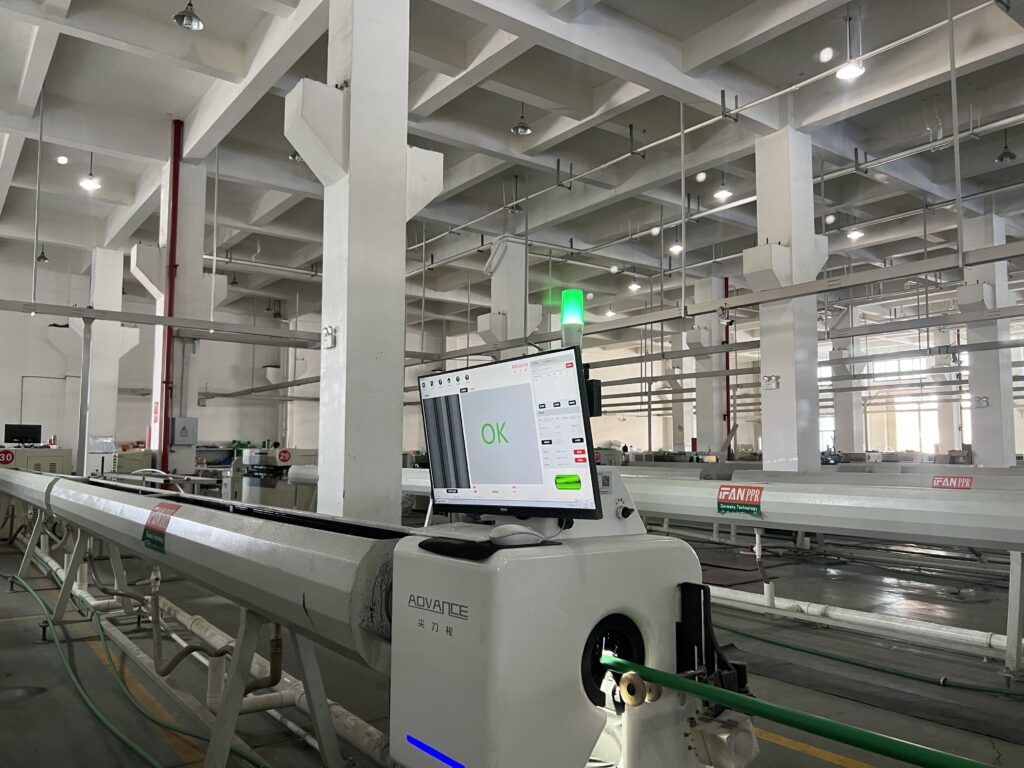What is pipeline inspection? Pipe inspection is the process of examining the condition of a pipe for defects or damage. It is an essential maintenance task that is carried out to ensure the efficient operation of pipelines. This involves examining the pipes for cracks, leaks, corrosion, and other types of damage that could affect their performance.
Pipe inspection is an important part of preventative maintenance for pipelines. It helps to identify potential problems before they become serious issues. This helps to avoid downtime and expensive repairs that could impact the operation of the pipeline.IFAN Facebook Website:www.facebook.com,IFAN factory has 30+ years manufacture experience supporting color /size customization support Free Samples.
There are several methods used for pipe inspection, including visual inspection, ultrasonic inspection, magnetic particle inspection, radiographic inspection, and dye penetration inspection. Each method has its advantages and disadvantages, and the type of inspection used depends on the type of pipeline and the nature of the damage.
Visual inspection is the most basic form of inspection, where an inspector visually examines the pipe for defects or damage. This method is suitable for detecting surface defects, such as corrosion or scratches. It is simple and inexpensive, but it is limited by the ability of the inspector to see the problem.

Ultrasonic inspection involves the use of high-frequency sound waves to detect the condition of a pipe. This method is suitable for inspecting the thickness of the pipe and detecting internal defects, such as cracks or other types of damage. Ultrasonic inspection is a highly accurate method, and it can detect defects that are not visible to the naked eye.
Magnetic particle inspection is an inspection method that uses the principles of magnetism to detect defects in the pipe. This method is suitable for detecting surface defects, such as cracks or other types of damage. It requires the use of a magnetic field and magnetic particles, which are used to detect defects in the pipe.
Radiographic inspection is an inspection method that uses X-rays or gamma rays to detect defects in the pipe. This method is suitable for detecting internal defects, such as cracks or other types of damage. Radiographic inspection is a highly accurate method, and it can detect defects that are not visible to the naked eye.
Dye penetration inspection is an inspection method that involves applying a colored dye to the surface of the pipe. The dye penetrates any defects in the pipe, making them visible to the naked eye. This method is suitable for detecting surface defects, such as cracks or other types of damage. It is simple and inexpensive, but it is limited by the ability to penetrate the surface of the pipe.
In addition to these methods, there are also several tools that are used for pipe inspection, including cameras, probes, and sensors. These tools are used to access areas of the pipe that are difficult to reach, such as bends or elbows. They are also used to monitor the condition of the pipe over time, providing real-time data on its condition.
Pipe inspection is an essential part of pipeline maintenance. It helps to identify potential issues before they become serious problems, which can save time and money in the long run. The type of inspection used depends on the type of pipeline and the nature of the damage, but there are many methods and tools available to ensure that pipelines are in good condition and functioning properly.

